Formulación de medios de cultivo líquidos para la producción de biomasa micelial de hongos entomopatógenos nativos de la Región Cusco, Perú
Resumen
Se evaluó la producción de biomasa micelial de cepas pertenecientes a tres géneros de hongos entomopatógenos (Isaria, Beauveria, y Cordyceps) en cuatro medios de cultivo líquidos modificados (YPD, SDBY, YPDS, y SDBYES) con la finalidad de lograr mayor crecimiento para losanálisis fisicoquímicos en la búsqueda de metabolitos promisorios, por lo que la selección y concentración adecuada de los nutrientes es un factor fundamental. Los medios fueron enriquecidos con sales minerales, ceniza de cascara de huevo y estandarizados a pH 6.7 llevándose a cabo la incubación a 22°C durante 20 días. Los resultados mostraron variaciones en la producción de biomasa entre los diferentes medios de cultivo y cepas. Isaria sp. presento la mayor biomasa promedio en SDBYES, seguido de Cordyceps sp. y Beauveria sp. en YPDS. Sin embargo, estadísticamente no se encontraron diferencias significativas en la producción de biomasa entre los distintos medios y cepas. La variación de pH durante la fase de incubación presento una correlación estadísticamente significativa registrándose una relación inversa fuerte 2 de los valores respecto al tiempo de incubación, con un R de 0.54 lo que demuestra que la actividad metabólica relacionada a la producción de biomasa acidifica los medios de cultivo. Estos hallazgos aportan conocimientos valiosos para la formulación de medios de cultivo efectivos para hongos entomopatógenos con el potencial de mejorar significativamente las investigaciones en la aplicación biotecnológica del micelio de estos hongos.
Descargas
Citas
Agudelo, F., & Falcon, L. A. (1983). Mass production, infectivity, and field application studies with the entomogenous fungus Paecilomyces farinosus. Journal of Invertebrate Pathology, 42(1), 124–132. https://doi.org/10.1016/0022-2011(83)90210-0
Araújo, J. P. M., & Hughes, D. P. (2016). Diversity of Entomopathogenic Fungi. Which Groups Conquered the Insect Body? Advances in Genetics, 94, 1–39. https://doi.org/10.1016/bs.adgen.2016.01.001
Bidochka, M. J., Pfeifer, T. A., & Khachatourians, G. G. (1987). Development of the entomopathogenic fungus Beauveria bassiana in liquid cultures. Mycopathologia, 99(2), 77–83. https://doi.org/10.1007/BF00436909/METRICS
Camele, I., Sadeek, S. A., Racioppi, R., & Elshafie, H. S. (2023). Biological Activity of Beauveria bassiana and Chemical Profile of Its Volatile Secondary Metabolites Using SPME-GC/MS Analysis. https://doi.org/10.20944/PREPRINTS202305.2095.V1
Cañedo, V., & Ames, T. (2004). Manual de Laboratorio para el Manejo de Hongos Entomopatógenos. https://doi.org/cip@cgiar.org, www.cipotato.org
Chávez Yáñez, T. I. (2008). Crecimiento de Beauveria bassiana y Metarhizium anisopliae en distintos niveles de pH. https://go.openathens.net/redirector/udec.cl?url=http://tesisencap.udec.cl/chillan/agronomia/chavez_y_t_i/index.html
Chhetri, D. R., Chhetri, A., Shahi, N., Tiwari, S., Karna, S. K. L., Lama, D., & Pokharel, Y. R. (2020). Isaria tenuipes Peck, an entomopathogenic fungus from Darjeeling Himalaya: Evaluation of in-vitro antiproliferative and antioxidant potential of its mycelium extract. BMC Complementary Medicine and Therapies, 20(1), 185. https://doi.org/10.1186/S12906-020-02973-W/FIGURES/7
Chiriví, J., Danies, G., Sierra, R., Schauer, N., Trenkamp, S., Restrepo, S., & Sanjuan, T. (2017). Metabolomic profile and nucleoside composition of Cordyceps nidus sp. nov. (Cordycipitaceae): A new source of active compounds. PLoS ONE, 12(6), 1–27. https://doi.org/10.1371/journal.pone.0179428
Cruz Martínez, L. C. (2007). Trichoderma koningii as a potential parasite of sclerotia of Sclerotium rolfsii. In Cryptogamie, Mycologie (Vol. 22, Issue 4). https://doi.org/10.1016/S0181-1584(01)01073-9
da Silva Santos, A. C., da Silva Lopes, R., de Oliveira, L. G., Diniz, A. G., Shakeel, M., de Luna Alves Lima, E. Á., da Costa, A. F., & de Menezes Lima, V. L. (2022). Entomopathogenic Fungi: Current Status and Prospects. New and Future Development in Biopesticide Research: Biotechnological Exploration, 55–91. https://doi.org/10.1007/978-981-16-3989-0_2
Das, G., Shin, H. S., Leyva-Gómez, G., Prado-Audelo, M. L. D., Cortes, H., Singh, Y. D., Panda, M. K., Mishra, A. P., Nigam, M., Saklani, S., Chaturi, P. K., Martorell, M., Cruz-Martins, N., Sharma, V., Garg, N., Sharma, R., & Patra, J. K. (2021). Cordyceps spp.: A Review on Its Immune-Stimulatory and Other Biological Potentials. Frontiers in Pharmacology, 11, 602364. https://doi.org/10.3389/fphar.2020.602364
Das, P., Borah, B., Saikia, P., Hazarika, L. K., Sharma, K. K., Mohanasundaram, A., Boro, R. C., Kalita, R., & Gautom, T. (2022). Molecular characterization of an Isaria fumosorosea (Wize) native strain, and its pathogenicity on Eublemma amabilis (Lepidoptera: Noctuidae). Egyptian Journal of Biological Pest Control, 32(1), 1–13. https://doi.org/10.1186/S41938-022-00624-5/TABLES/5
Hallsworth JE, Magan N. (1996). Culture Age, Temperature, and pH Affect the Polyol and Trehalose Contents of Fungal Propagules. Applied and Environmental Microbiology, 62(7), 2435-2442. https://doi.org/10.1128/aem.62.7.2435-2442.1996. PMID: 16535354; PMCID: PMC1388892.
Hanlon, D. W., & Ordal, G. W. (1994). Cloning and characterization of genes encoding methyl-accepting chemotaxis proteins in Bacillus subtilis. Journal of Biological Chemistry, 269(19), 14038-14046.
Hoa, P. N., Hoa, N. D., Diep, T. K., van Huyen, P., & Nguyen, T. B. (2023). The effects of temperature, pH, and media on mycelium growth of Isaria tenuipes (Peck.) Samson (DL0099) from Lang Biang Mountain, Lam Vien Plateau, Vietnam.
Jackson, M. A. (1997). Optimizing nutritional conditions for the liquid culture production of effective fungal biological control agents. Journal of Industrial Microbiology and Biotechnology, 19(3), 180–187. https://doi.org/10.1038/sj.jim.2900426
Jang, L., Park, Y. gyun, & Lim, U. T. (2023). Beauveria bassiana ARP14 a potential entomopathogenic fungus against Bemisia tabaci (Gennadius) and Trialeurodes vaporariorum (Westwood) (Hemiptera: Aleyrodidae). Journal of Asia-Pacific Entomology, 26(1), 102022. https://doi.org/10.1016/J.ASPEN.2022.102022
Jaronski, S. T. (2023). Mass production of entomopathogenic fungi—state of the art. Mass production of beneficial organisms, 317-357.
Jaronski, S. T., & Mascarin, G. M. (2017). Mass Production of Fungal Entomopathogens. Microbial Control of Insect and Mite Pests: From Theory to Practice, 141–155. https://doi.org/10.1016/B978-0-12-803527-6.00009-3
Khan, S., Guo, L., Maimaiti, Y., Mijit, M., & Qiu, D. (2012). Entomopathogenic Fungi as Microbial Biocontrol Agents. Molecular Plant Breeding. https://doi.org/10.5376/mpb.2012.03.0007
Lin, R., Zhang, X., Xin, B., Zou, M., Gao, Y., Qin, F., Hu, Q., Xie, B., & Cheng, X. (2019). Genome sequence of Isaria javanica and comparative genome analysis insights into family S53 peptidase evolution in fungal entomopathogens. Applied Microbiology and Biotechnology, 103(17), 7111–7128. https://doi.org/10.1007/S00253-019-09997-4/METRICS
Litwin, A., Nowak, M., & Róalska, S. (2020). Entomopathogenic fungi: unconventional applications. Rev Environ Sci Biotechnol, 19, 23–42. https://doi.org/10.1007/s11157-020-09525-1
Lopes, R. D. S., Lima, G. D., Correia, M. T. D. S., da Costa, A. F., Lima, E. Á. D. L. A., & Lima, V. L. D. M. (2017). The potential of Isaria spp. as a bioinsecticide for the biological control of Nasutitermes corniger. Biocontrol Science and Technology, 27(1), 75–90. https://doi.org/10.1080/09583157.2016.1202788
Mahfouz, F., & Shaalan, M. (2023). Identification, molecular characterization and biological activities of entomopathogenic fungi from Egyptian soils. Scientific Reports, 13(1), 236. https://doi.org/10.1038/s41598-023-30677-9
Marsch, R., & Kassa, A. (2020). Soil Biotic Interactions in Agricultural Systems. In Biological Control of Plant Diseases: From Theory to Practice (pp. 11–22). Springer. https://doi.org/10.1007/978-3-030-33376-0_2
Mateos, M. (2021). Proteases, biocontrol, and biodiversity of entomopathogenic fungi. Pathogens, 10(11), 1451. https://doi.org/10.3390/pathogens10111451
Matz, C., & Moon, J. (2021). The biocontrol potential of Isaria spp. in the biocontrol of termites. In Fungal Biotechnology in Agricultural, Food, and Environmental Applications (pp. 291–319). Springer. https://doi.org/10.1007/978-3-030-57292-9_11
Materechera, S., & Flett, B. (2023). Entomopathogenic Fungi as Biocontrol Agents for Soilborne Pests. In Microbial Biocontrol of Soilborne Pests: Current Advances and Future Challenges (pp. 97–121). Springer. https://doi.org/10.1007/978-3-031-27591-1_6
Mondal, R., & Ghosh, M. (2022). Review on the role of entomopathogenic fungi in integrated pest management. Biocontrol Science and Technology, 32(1), 1–25. https://doi.org/10.1080/09583157.2022.2041085
Moreira, A., & Cifuentes, D. (2021). Microbial Biocontrol Agents. In Microbial Control of Insect and Mite Pests: From Theory to Practice (pp. 145–174). Elsevier. https://doi.org/10.1016/B978-0-12-803527-6.00009-4
Derechos de autor 2024 Adriana Condori Osorio, Jackeline G. Meza Calvo, Miguel A. Quispe Ordoñez, Frank B. Aguilar Mainicta, Mijail Cjuno Quispe, Ruth Lazarte Lovaton, Rosana L. Aranzabal Carrasco, María Encarnación Holgado Rojas

Esta obra está bajo licencia internacional Creative Commons Reconocimiento-NoComercial 4.0.
-
Eres libre de:
- Compartir : copiar y redistribuir el material en cualquier medio o formato.
- Adaptar : remezclar, transformar y desarrollar el material


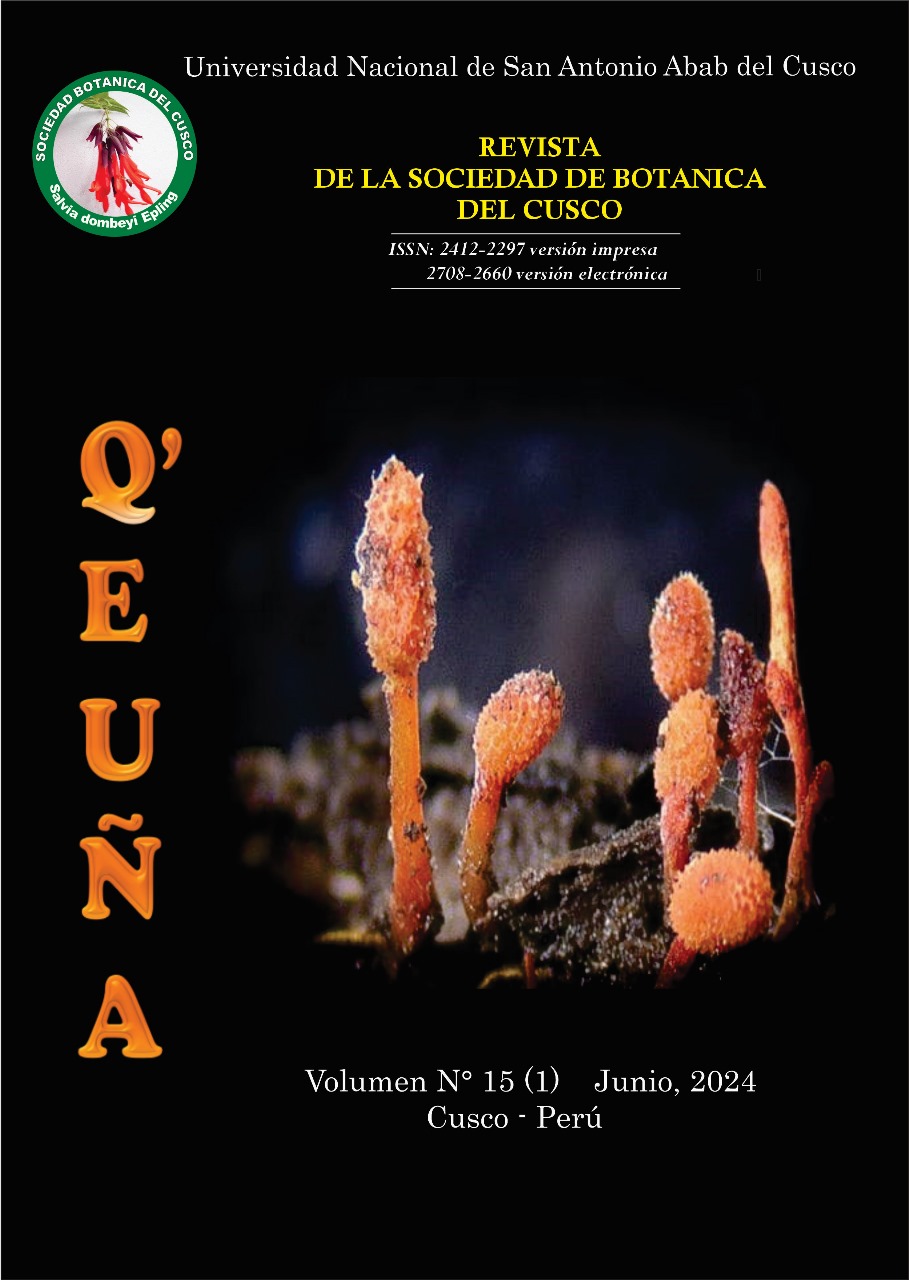
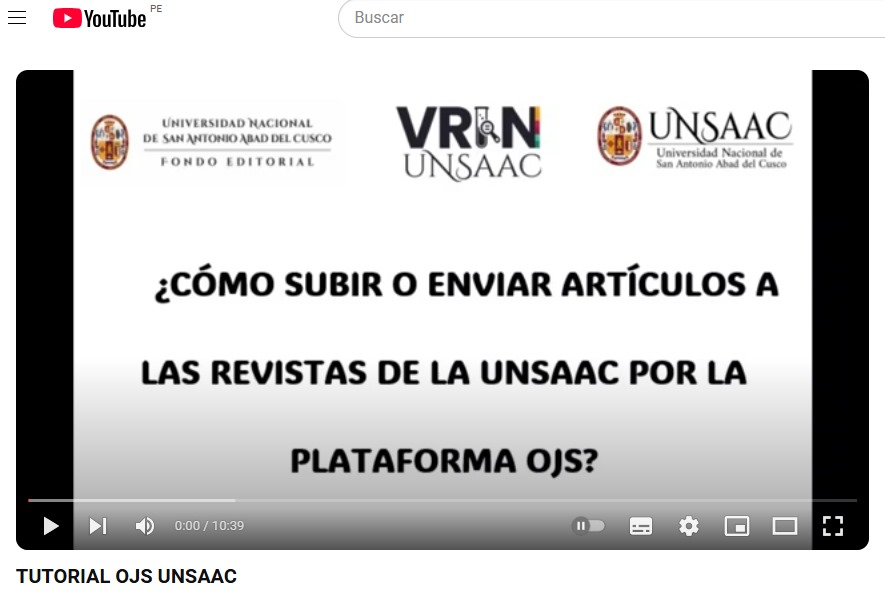

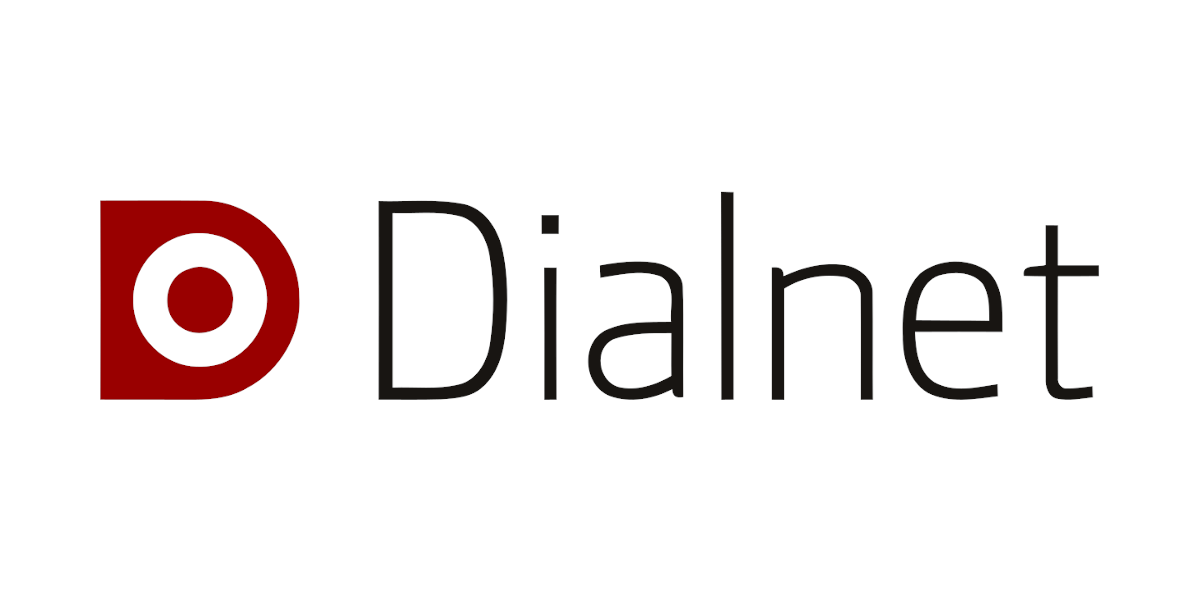
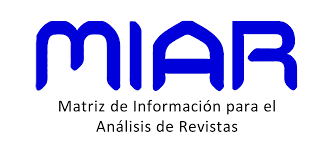
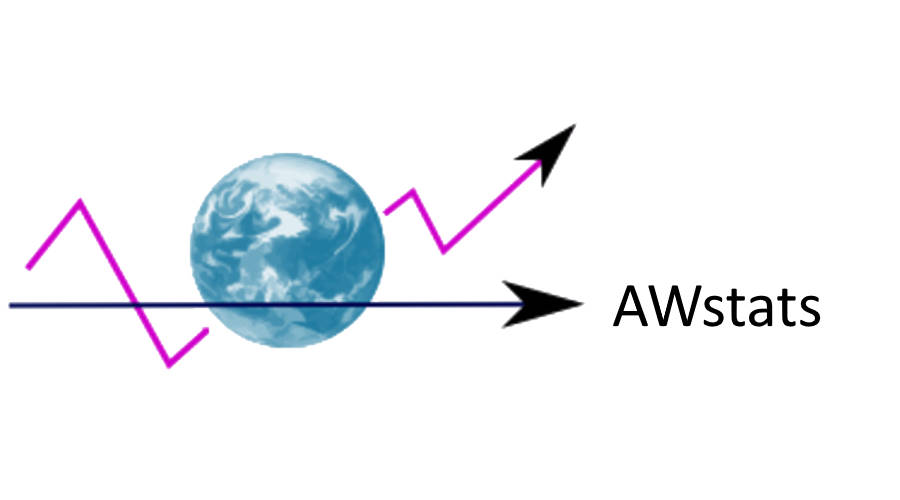
.jpg)
.jpg)
.jpg)
